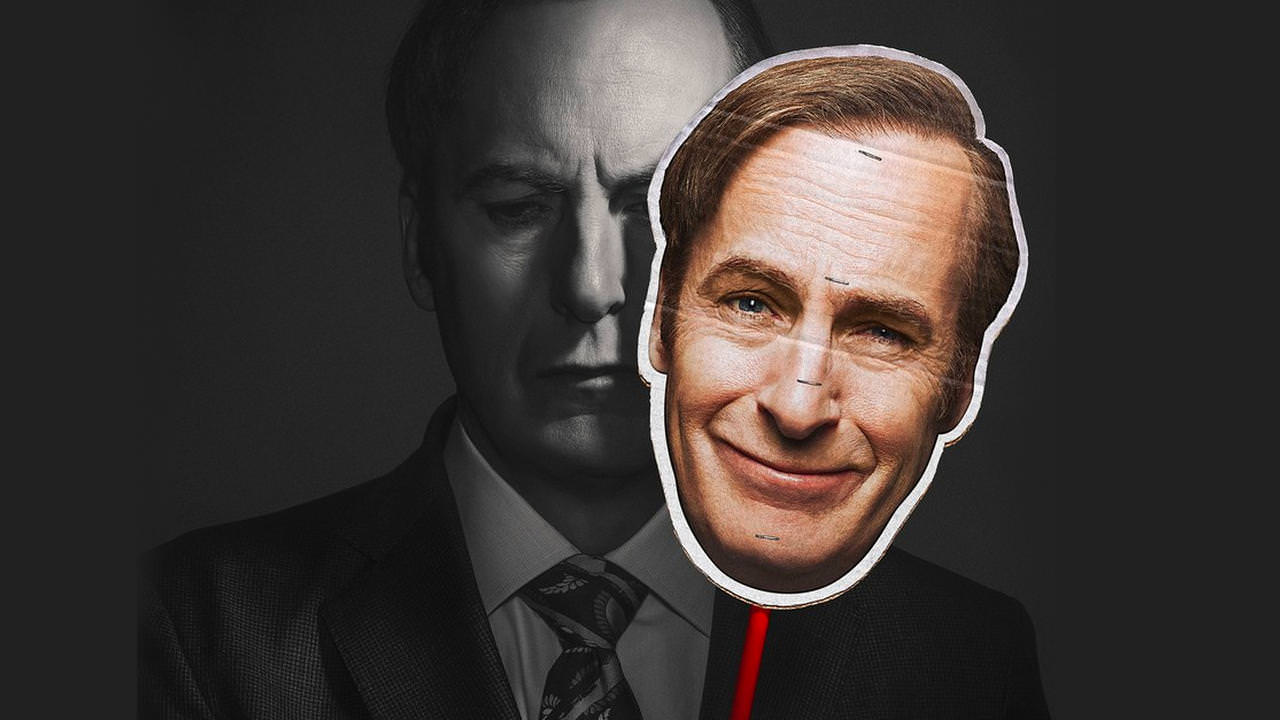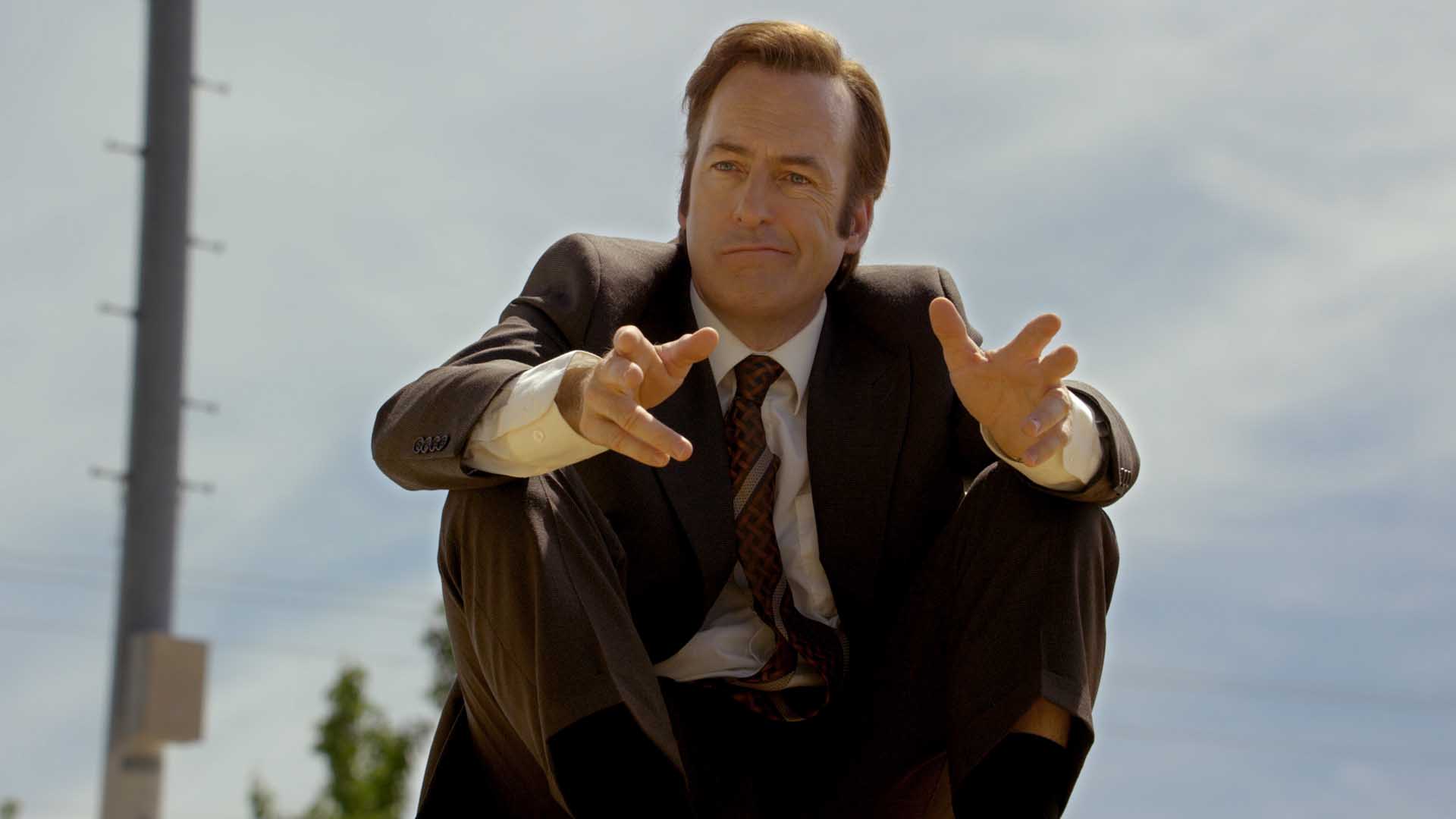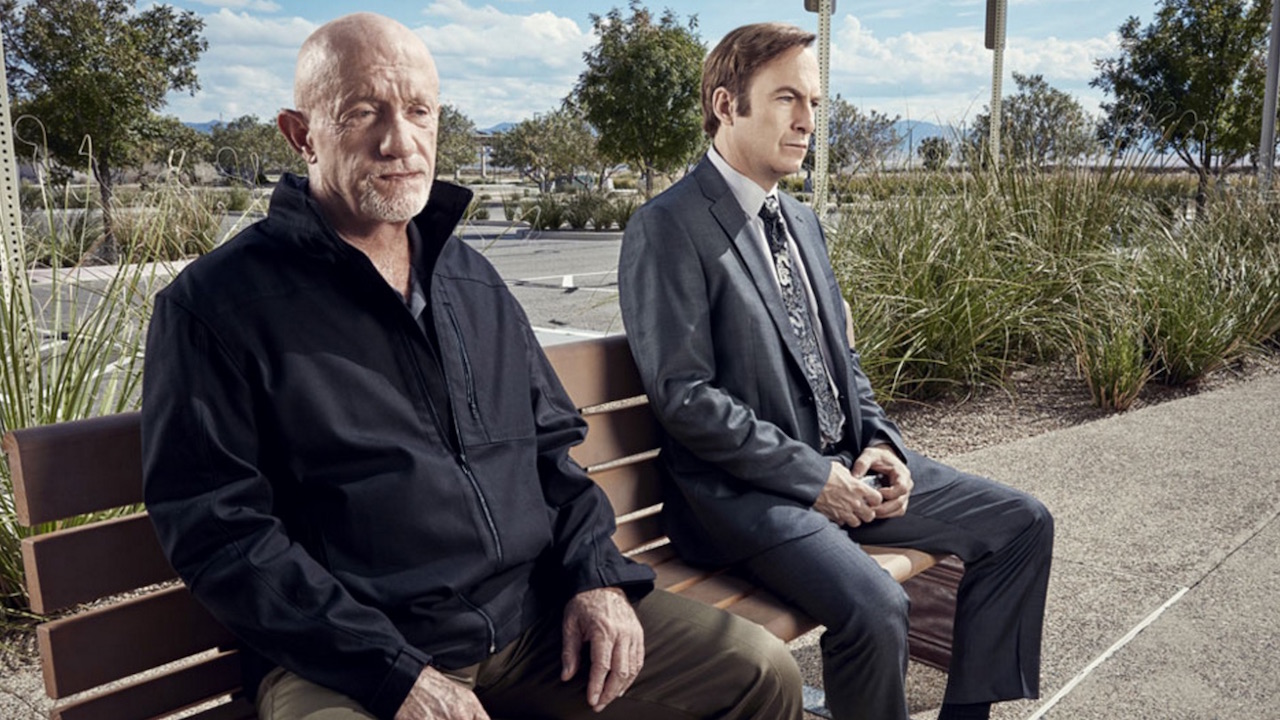Why Better Call Saul is better than Breaking Bad - and what other prequels can learn from it
How the Breaking Bad spin-off uses spoilers and silence to surpass its original

Whisper it, but Better Call Saul might just be able to surpass Breaking Bad and take its place on the pantheon of best TV shows of all time. It hasn’t done that by accident. The show, which charts the rise (and eventual fall) of Jimmy McGill before he metamorphizes into shady lawyer Saul Goodman, is a case study in how to construct the perfect prequel. Here’s how it’s done it – and what other shows, prequel or otherwise, can learn from it. Be warned, there’s spoilers for the entirety of Breaking Bad and Better Call Saul to follow…
It uses the fact we know what's coming to its advantage

Much like how we know Romeo and Juliet’s fates from the very first line, we know how Jimmy McGill’s story pans out – and it’s all the better for it. By placing the viewer at Year Zero for Saul Goodman, every moment is magnified in its importance, despite its seemingly relative banality compared to Breaking Bad. Each scene, each mistake, and each excruciating moment we bare witness to as Jimmy McGill slithers from mishap to mishap is just one big ‘What if?’
What if this is the part where Jimmy goes from slimy wise-guy to outright crook? What if Jimmy loses Kim? (Spoiler alert: He has to at some point). What if this is the moment it all comes crumbling down? As viewers, that’s the one hook that brought us into the show and, while Better Call Saul has gone down many paths in its four seasons since then, it’s the moment we’re all on tenterhooks about. Arguably, keeping us waiting is the best thing the show could do. We may have had no idea where Breaking Bad was going, but we do know where Better Call Saul is going. Yeah, everything ahead of time has theoretically been spoiled by the events of Breaking Bad, but even science agrees with me on the power of spoiling a TV show for yourself. It allows us to examine each scene as if it could be Jimmy McGill’s last and Saul Goodman’s first, which acts an extra degree of tension to each scene.
That’s so powerful because prequels so often tend to deal with pithy rags-to-riches origins that are far outclassed by its bigger, more important brother. Better Call Saul subverts that by having a figure who was once on top of the world somehow falling to his knees after having everything – and liable to fall even further.
It fleshes out characters who were pushed to the side in Breaking Bad

But it’s not just Jimmy involved in Better Call Saul. There’s a whole host of players who get their due where, in Breaking Bad, they were pushed to the side in favour of Walter White and Jesse Pinkman. Here, they’re given room to breathe. Sure, some of the overlaps between characters meeting up may be a little too coincidental, but by removing Walter White from the equation, we’ve got a show that isn’t anchored by just one person, no matter whose name is on the billboards. In truth, this is a show about Mike, Kim, and Nacho as much as it is about Jimmy. It’s a decision that not only makes Better Call Saul a more varied show than Breaking Bad, it’s one that enriches the original, too.
Mike, for example, is painted as not only a hitman-for-hire but also someone who will do anything for his granddaughter. It makes his eventual final moments in Breaking Bad – where he flees to protect Kaylee – all the more understandable, despite feeling a little rushed at the time. It speaks to the quality of the show that its tiniest moment – a cheeky bit of playful banter with a granddaughter – can elevate one of the most traumatising scenes of Breaking Bad into something even better.
Even with characters who don’t turn up (to my knowledge, though don’t discount an obscenely well-hidden Easter egg) in Breaking Bad, such as Kim and Nacho, it’s their absence that builds layers upon layers of those closest to them. In this case, it’s Jimmy and, now, Gus Fring. Jimmy not only becomes a one-bit huckster in Breaking Bad, but because of his relationship with Kim in Better Call Saul – again, one that is allowed to play out across multiple seasons – we know he’s blown up every personal and professional relationship in his life at some point. Nacho, too, can be presumed dead, killed by the nefarious puppet-master Gus Fring – which makes Walt’s successful plan to kill him involving Hector, relegated to one-note joke in Breaking Bad, carry so much more weight. One, because we know how powerful he is and, two, because we know how Hector got that way – thanks to Nacho’s help. It’s irony upon irony, but one can’t work without the other.
Bringing all the latest movie news, features, and reviews to your inbox
The two shows are constantly in dialogue with each other, each helping to make the other a better show. Prequels tend to avoid that, instead trusting viewers to be infatuated solely with what went before. Better Call Saul, then, is the real deal, both as a show standing on its own two feet and as a proper first chapter to Breaking Bad.
It doesn't try to top the original

But here’s the thing about Better Call Saul. It never once tries to top what came before it. This is a show that veers off in a completely different direction because, honestly, there was no point in trying to compete with Breaking Bad. Sure, there are still shootouts and gorgeously-shot scenes in the Albuquerque desert, but Jimmy McGill’s tale is a different beast entirely. It’s intimate and routinely filled with silences that say so much more than the machismo of Breaking Bad ever could.
Take season 4, episode 3’s Something Beautiful as a case study. In it, Nacho has to help stage a hit on the Salamancas and, for his troubles, takes a bullet to the gut to, in the words of Gus Fring’s goons, “Make it look real.” Nacho is left prostate on the dusty sands of an anonymous Albuquerque road, much like Walter White was left in Ozymandias. But that’s where the similarities end. We don’t get Nacho going to town on them in a grand revenge scheme a la Breaking Bad’s series finale. No: instead, we get Nacho saying maybe two words for the rest of the episode. Instead, his skin yellows and eyes fade as he undergoes medical treatment.

The 25 best shows on Netflix you should be watching right now
Better Call Saul plays to its strengths and forges its own characteristics. This is not a show about man’s great power – this is a show about how man loses power – and has very little to say about it after. There’s no “I am the one who knocks”, no “I won”, just a man who has been told he still might die from a bowel infection. It’s nasty and necessary and speaks of a show where silence, not violence, is king. Prequels, such as Krypton and Fear the Walking Dead, try so often to raise the stakes that it makes the show it’s spinning off from seem like small potatoes in comparison. Better Call Saul knows its place, that’s for sure.
Better Call Saul, then, is proof that prequels needn’t be subservient to its forebears. In fact, the show works as a template for any piece of television that is trying to mimic or pay homage to another, prequel, spin-off, or anything else. It’s a show that promises one thing – Jimmy McGill’s downfall – and envelops it with so many periphery figures coming to the foreground that not only make the show far more complex than it had any right to be, but also makes Breaking Bad even better for it. That’s no mean feat – and it’s why it’s one of the best shows ever made.
Is Better Call Saul the show of the year? There's plenty more new TV shows on the way, waiting to take the crown.
I'm the Senior Entertainment Writer here at GamesRadar+, focusing on news, features, and interviews with some of the biggest names in film and TV. On-site, you'll find me marveling at Marvel and providing analysis and room temperature takes on the newest films, Star Wars and, of course, anime. Outside of GR, I love getting lost in a good 100-hour JRPG, Warzone, and kicking back on the (virtual) field with Football Manager. My work has also been featured in OPM, FourFourTwo, and Game Revolution.




